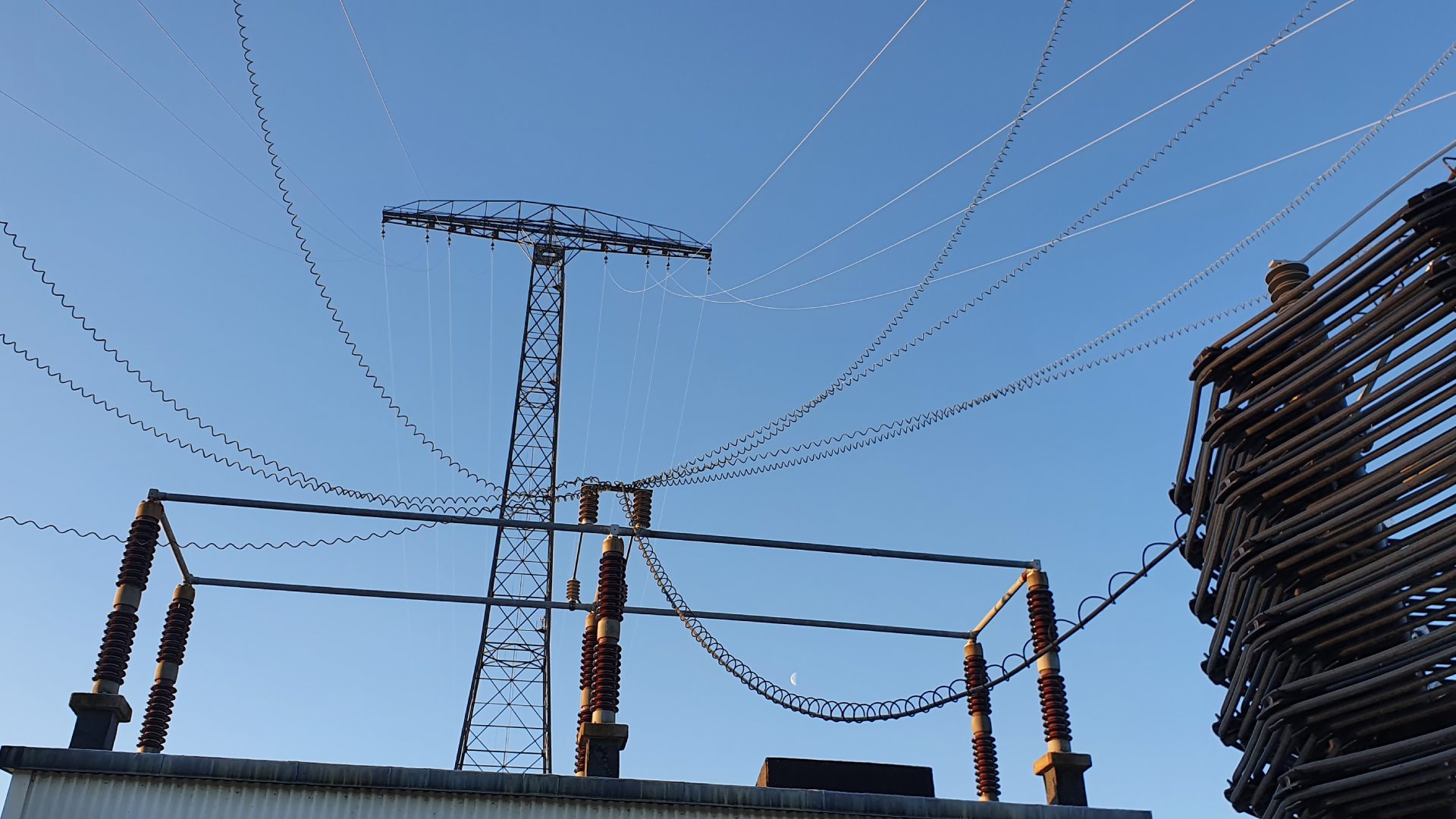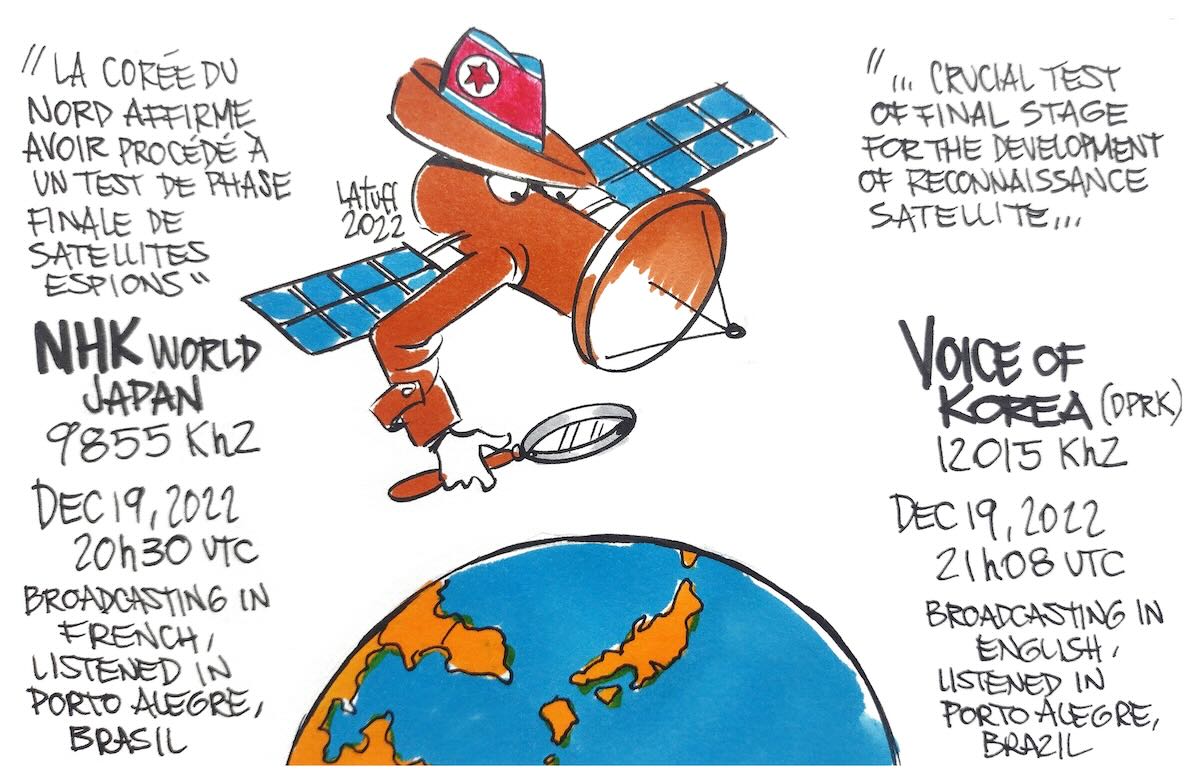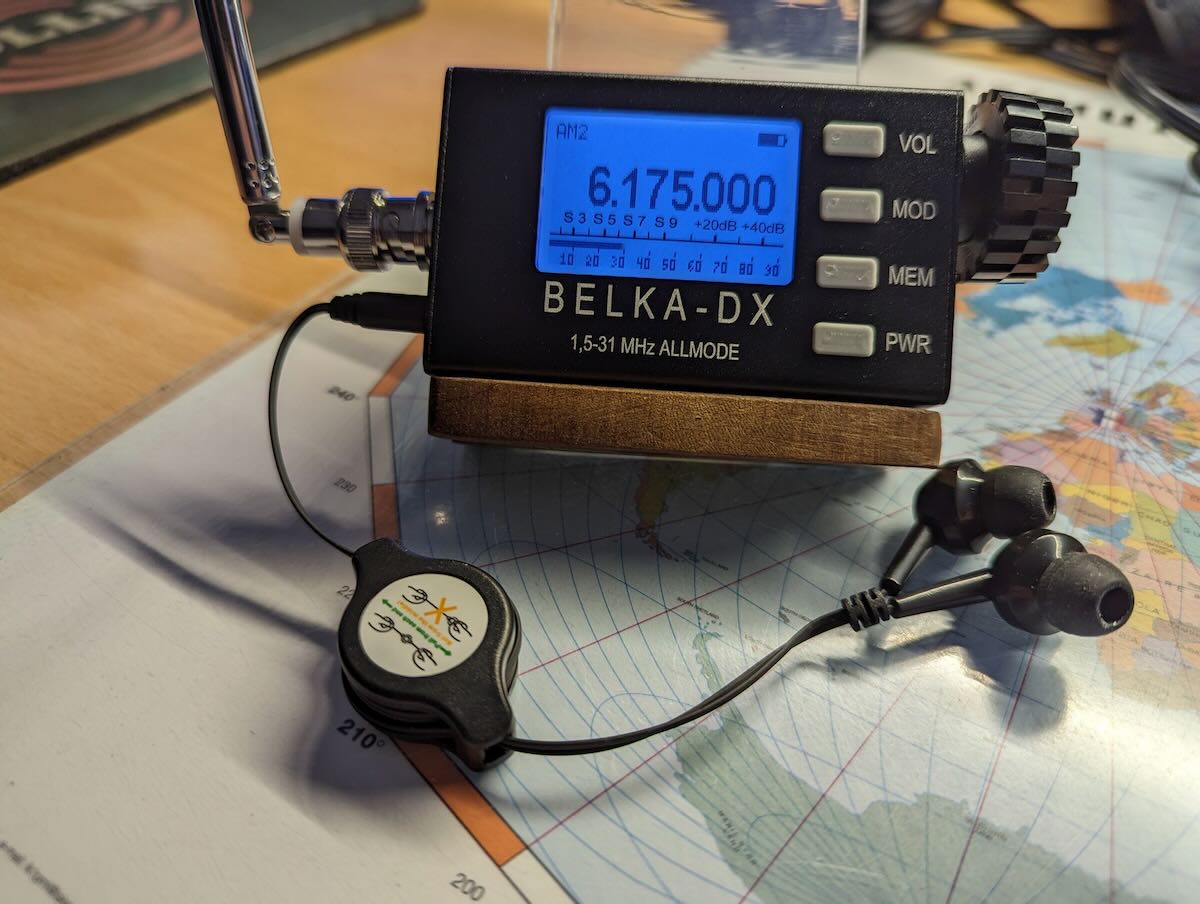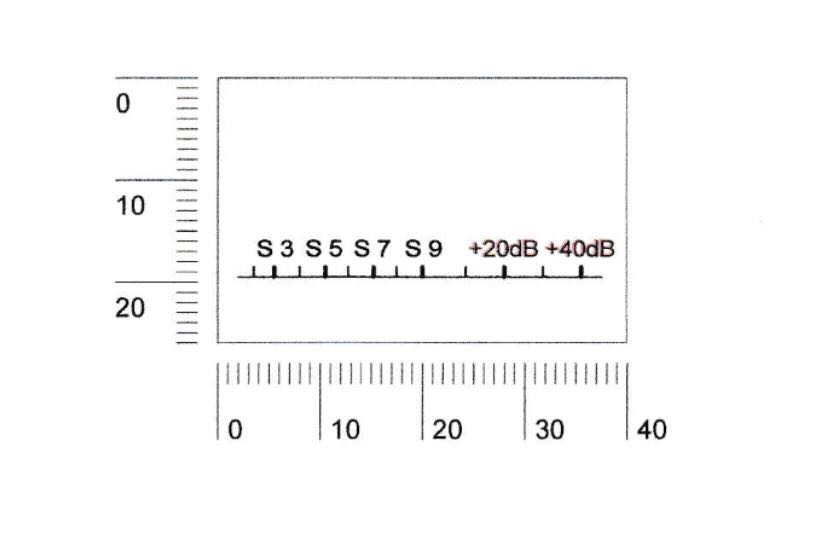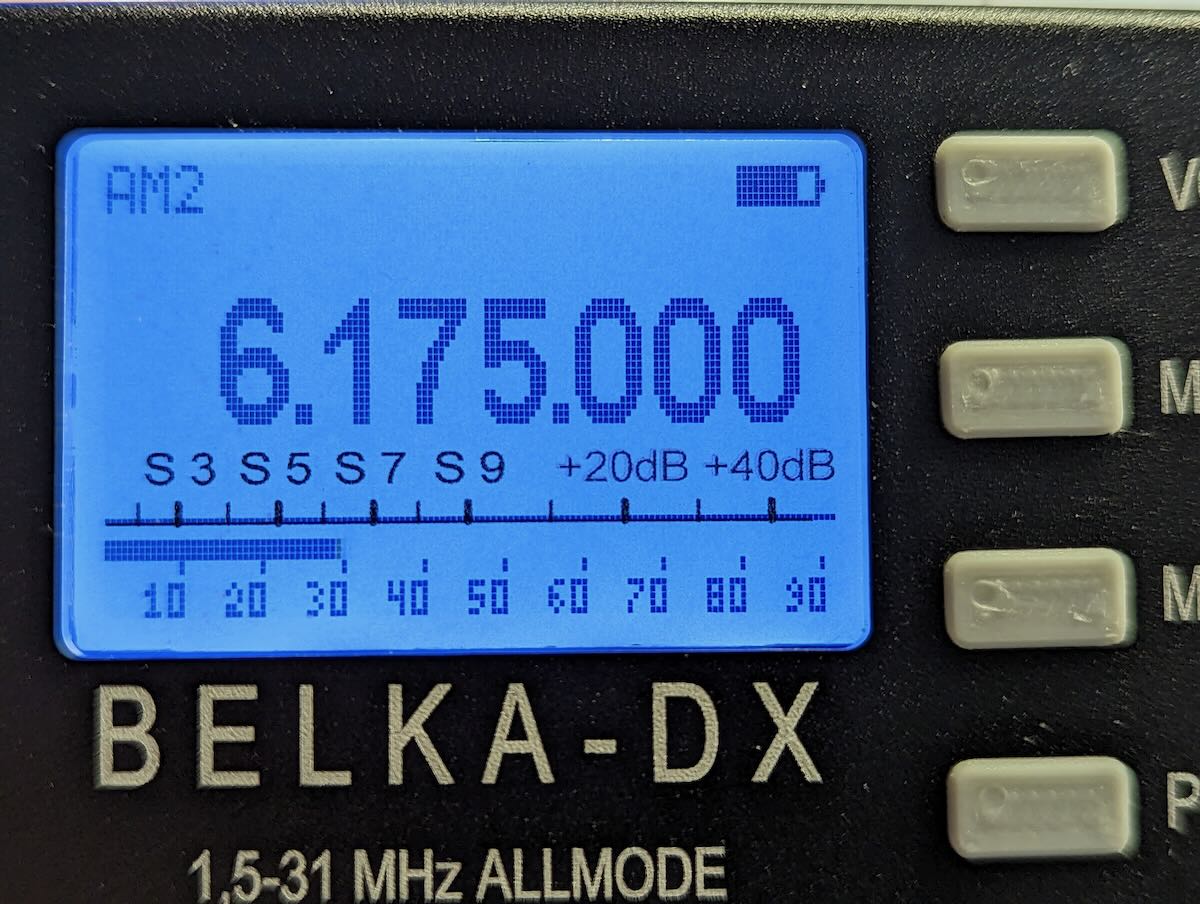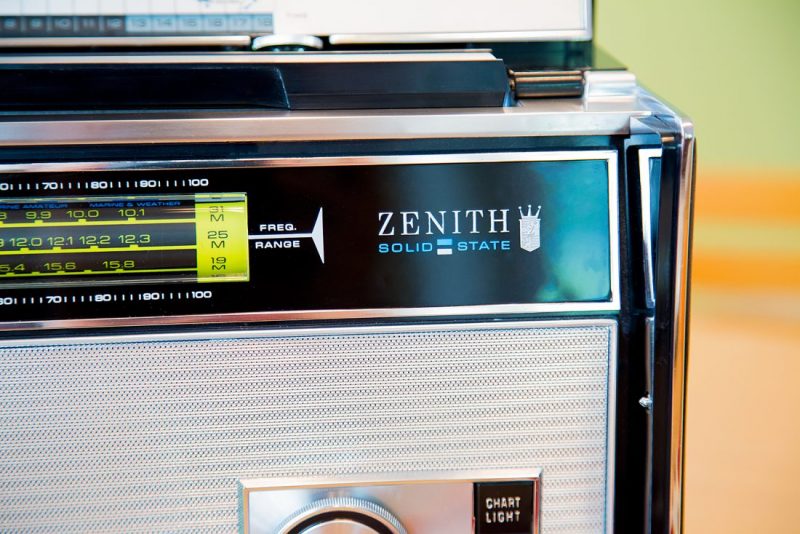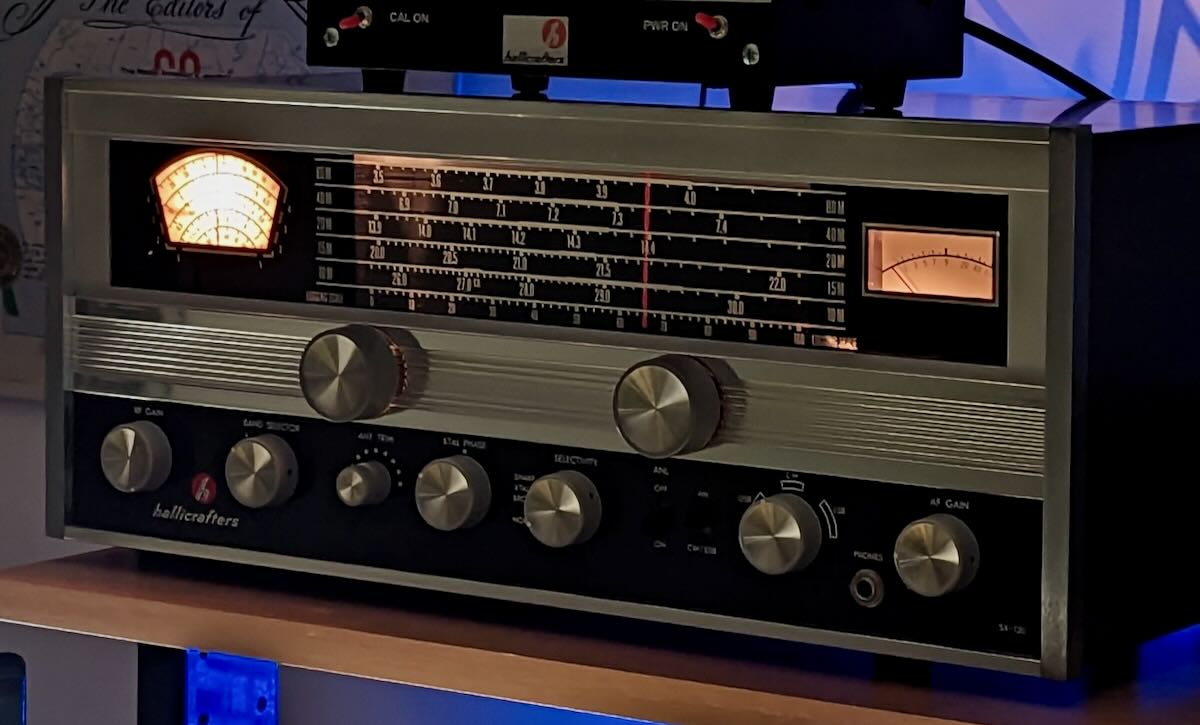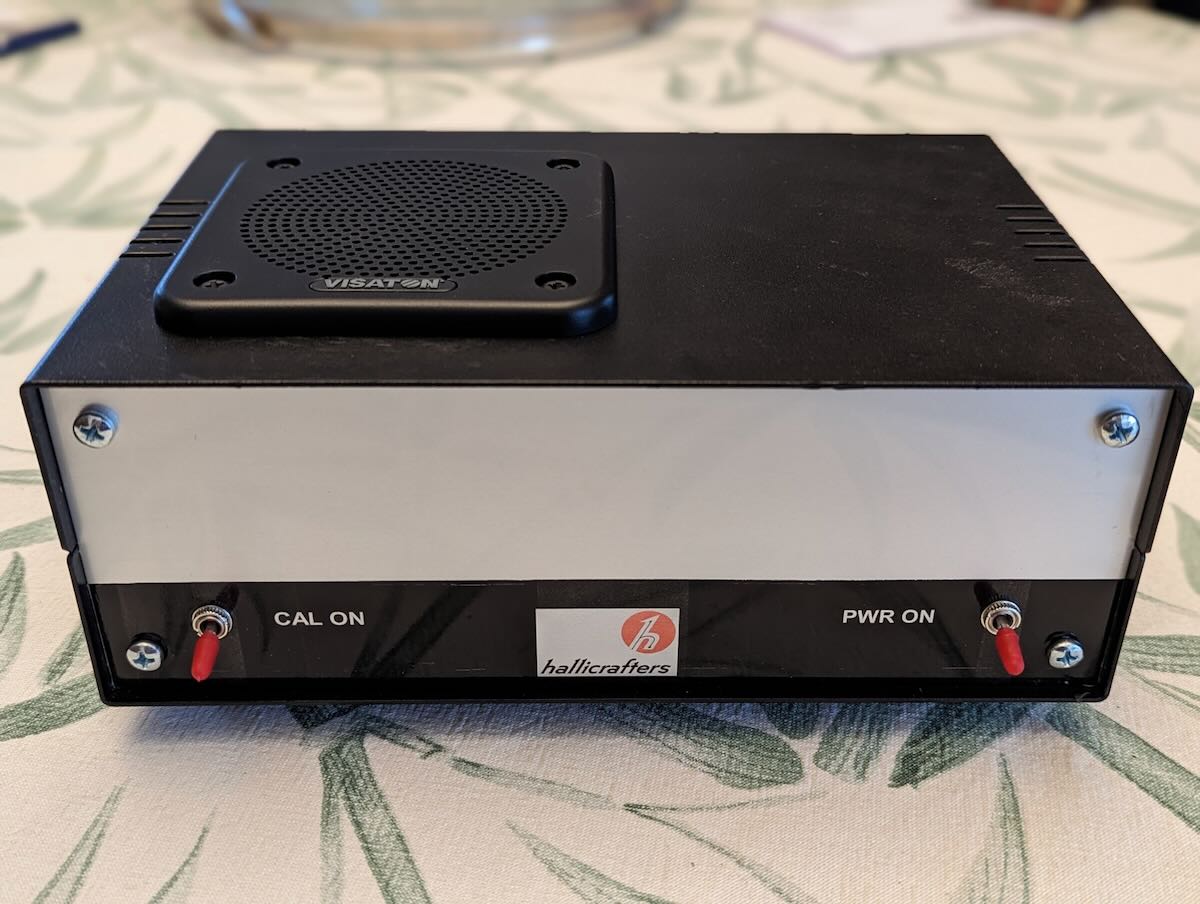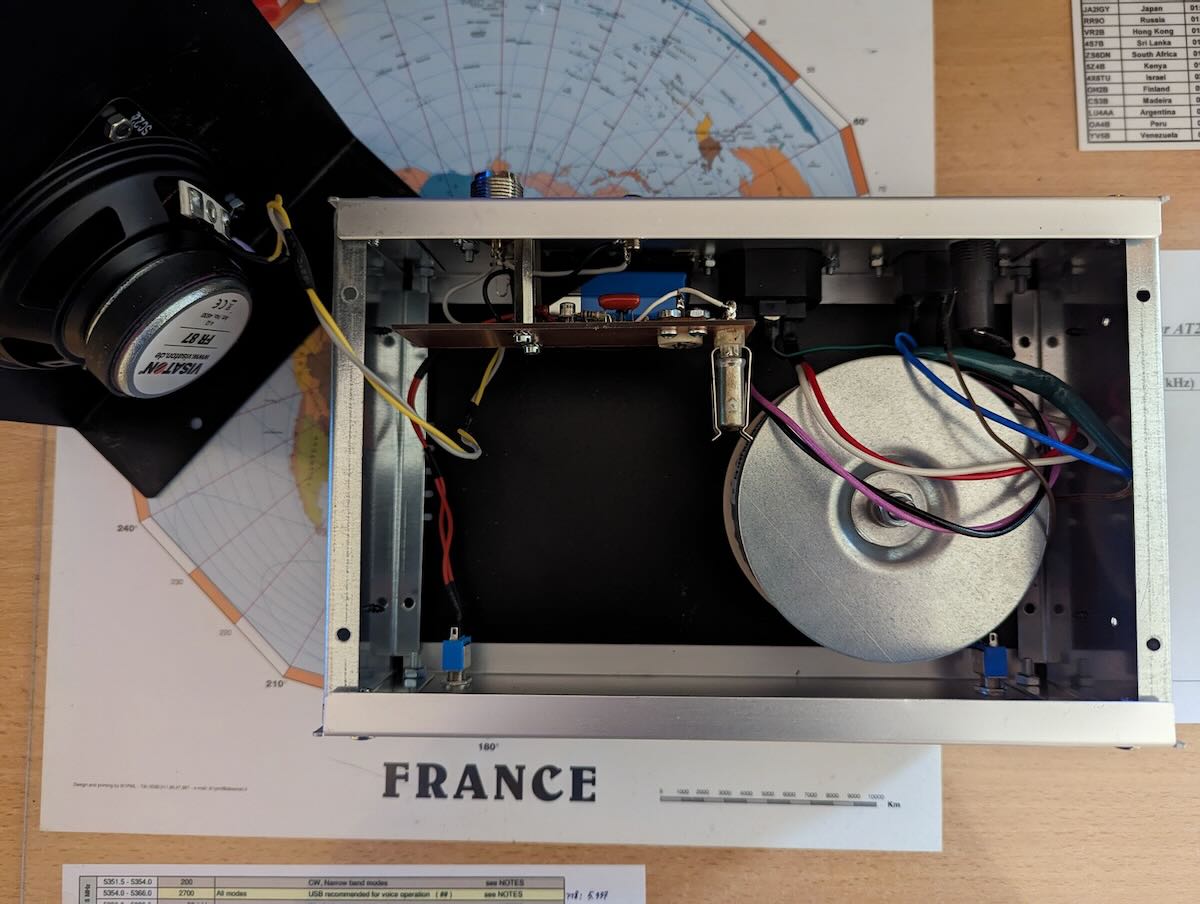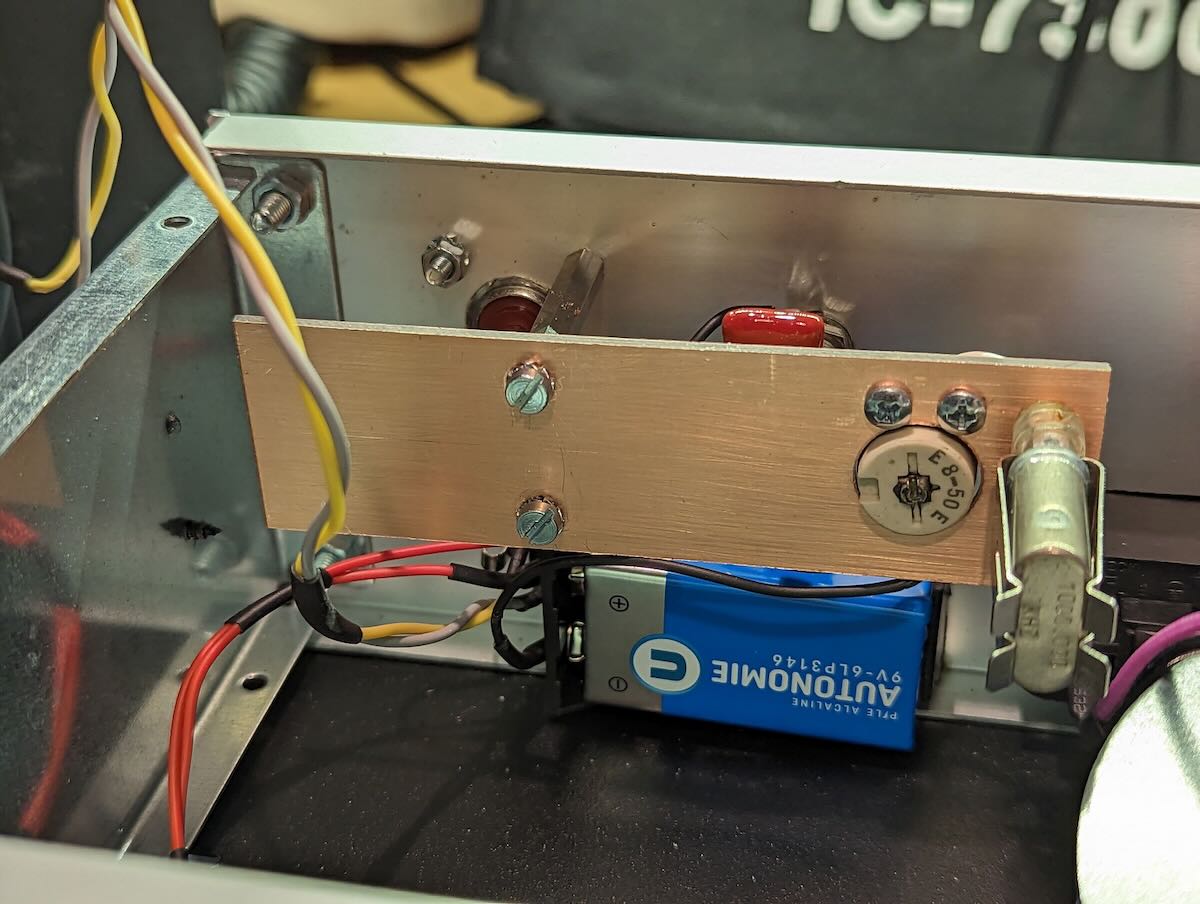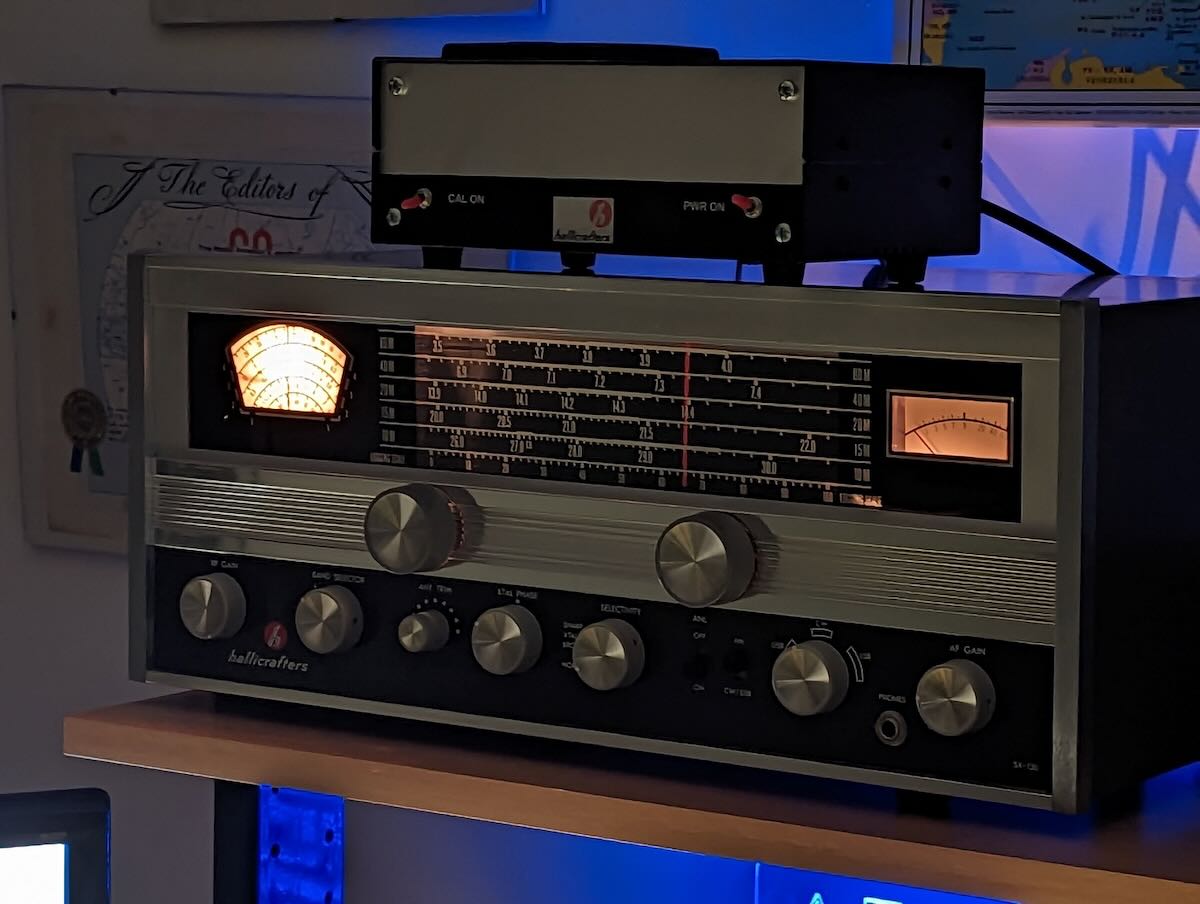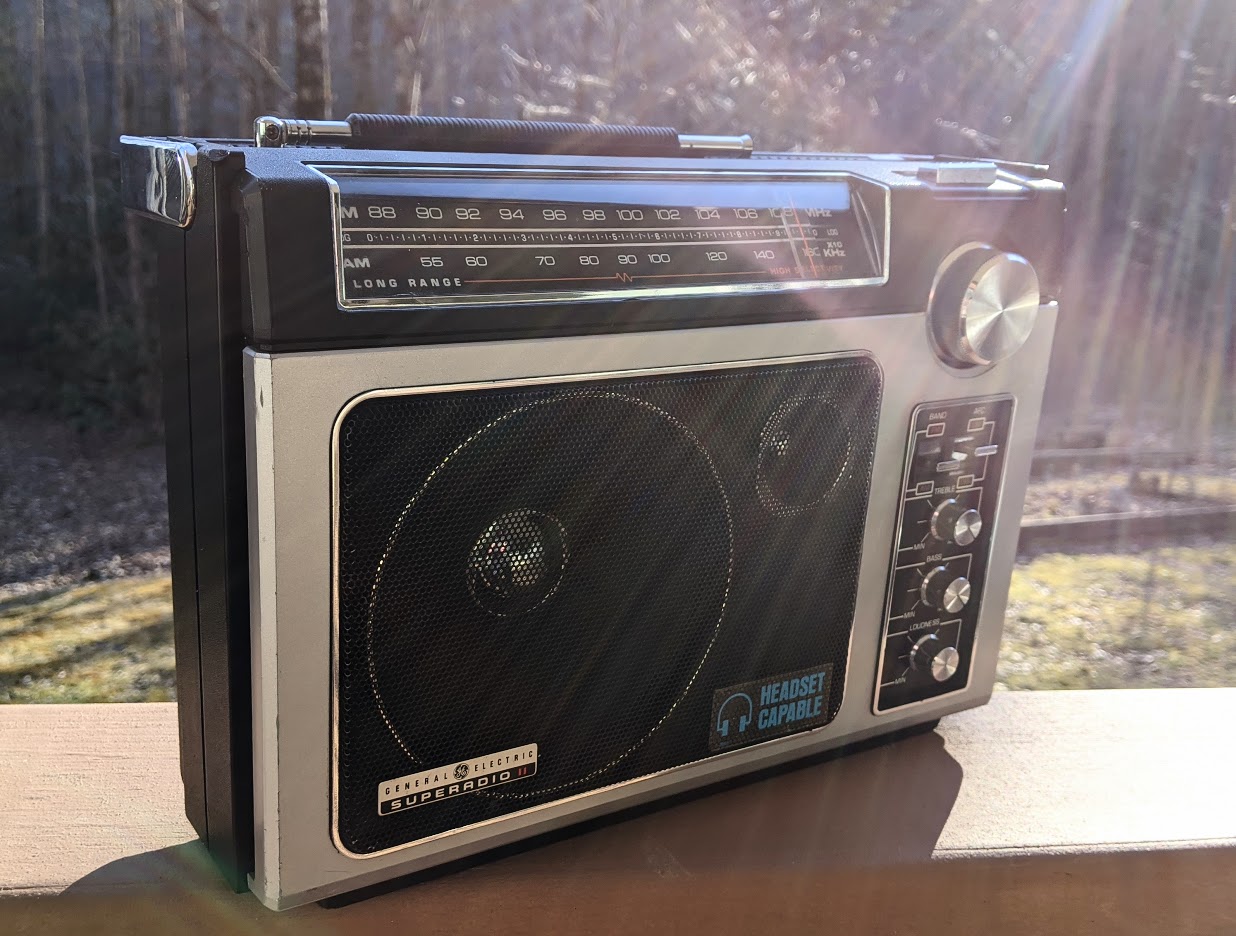(Source: The Alexander association)
Update: This broadcast has been cancelled due to several of the SAQ staff contracting Covid-19. Click here for more information. Many thanks to Grant for the tip.
SAQ transmission scheduled for Christmas Eve morning, Dec. 24th
On Christmas Eve morning, Saturday December 24th 2022, SAQ Grimeton is scheduled* to be on the air, to send out the traditional Christmas message to the whole world, using the 200kW Alexanderson alternator from 1924, on 17.2 kHz CW.
Program and transmission schedule:
08:00 CET (07:00 UTC: The transmitter hall at World Heritage Grimeton is opened for visitors.
Transmission & YouTube Live stream:
08:25 CET (07:25 UTC): Live stream on YouTube begins.
08:30 CET (07:30 UTC): Startup and tuning of the Alexanderson Alternator SAQ.
09:00 CET (08:00 UTC): Transmission of a message from SAQ.
Test transmissions
We are planning to carry our some test transmissions on December 23rd, approximately between 13:00 CET (12:00 UTC) and 16:00 CET (15:00 UTC). SAQ will be on the air shorter periods of time during this interval, when we will be carrying out some tests and measurements. Your comments are welcome to [email protected].
Live Video from World Heritage Grimeton Radio Station
The event can be seen live on our YouTube Channel or by following the link below.
QSL Reports to SAQ
QSL reports to SAQ are most welcome and appreciated!
For guaranteed E-QSL from us, please report using our ONLINE QSL FORM.
We can not guarantee that reports by Email / mail / bureau will be confirmed.
The online form will be open from December 24th, 2022 until January 13th, 2023.
Amateur Radio Station SK6SAQ
The Amateur Radio Station with the call “SK6SAQ” will be QRV on the following frequencies:
– 3.535 kHz CW
– 7.035 kHz CW
– 14.035 KHz CW
– 3.755 kHz SSB
– 7.140 kHz SSB
QSL-reports to SK6SAQ (NOT SAQ) are kindly received via:
– Email to [email protected]
– or via: SM bureau
– or direct by postal mail (link to address here)Two stations will be on the air most of the time.
Visiting World Heritage Grimeton Radio Station
Visitors are most welcome to World Heritage Grimeton Radio Station on Christmas morning, Dec 24th. The doors to the transmitter hall will open at 08:00 CET. The entrance is free of charge and we will offer free coffee with Christmas buns and ginger snaps.
Support us to keep SAQ in running condition!
We welcome you as a member of the Alexander Grimeton Friendship Association, to support our non-profit activities in preserving, documenting and bringing to life the unique Alexanderson alternator from 1924.
As a member You get a 10% discount on World Heritage Grimeton’s entry, shop and activities, and free admission to Alexander’s evening displays and to the Alexanderson Day, upon presentation of your membership card. Four times per year, you will receive our online magazine “Alternatorn”, exclusively available only to our members.
NEW!: As member you will gain access to our online library with many unique, historical documents, related to the Alexanderson alternator.
Alexander members also have free admission to the Radio Museum in Gothenburg.
Membership costs SEK 125 / year (approx. EUR 12.-).

